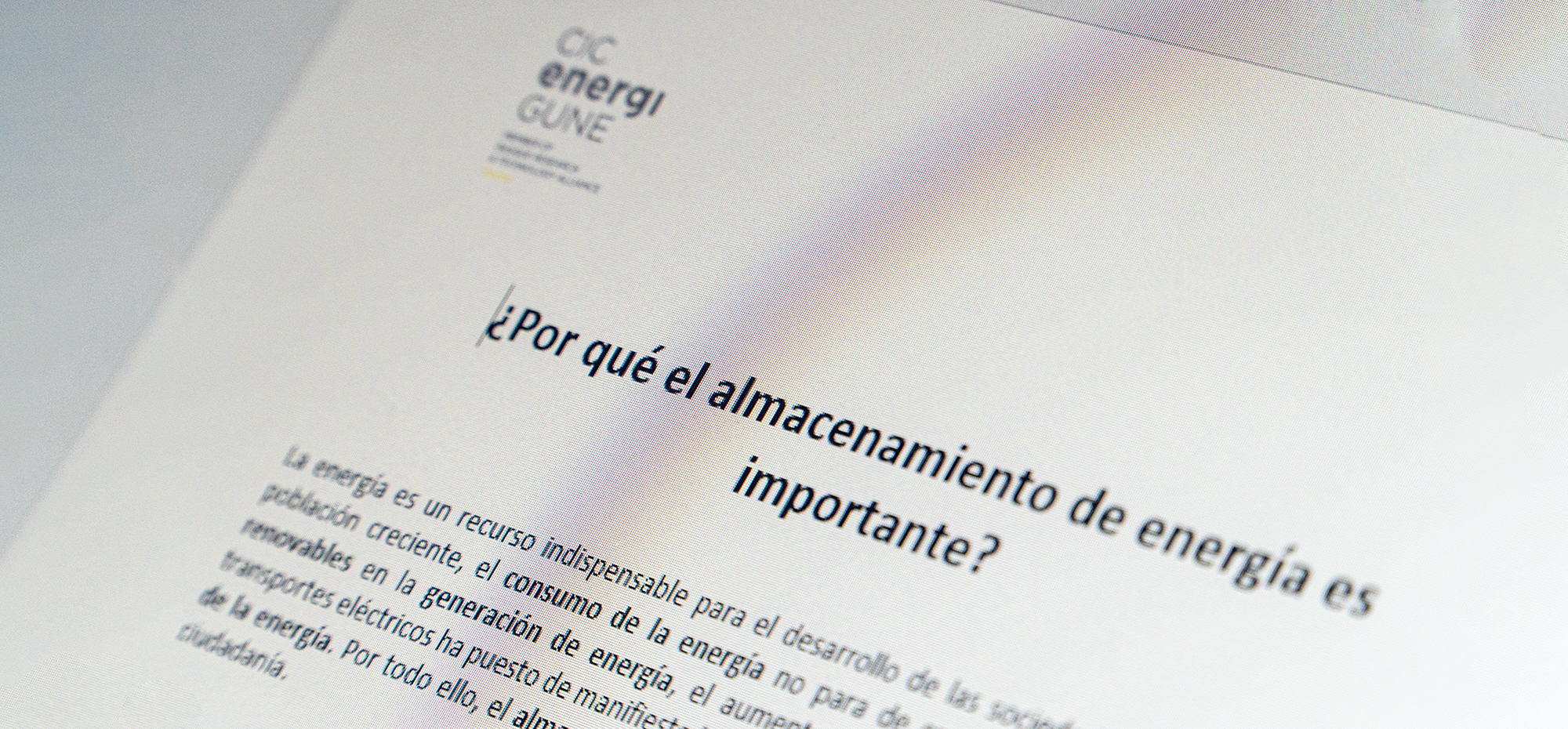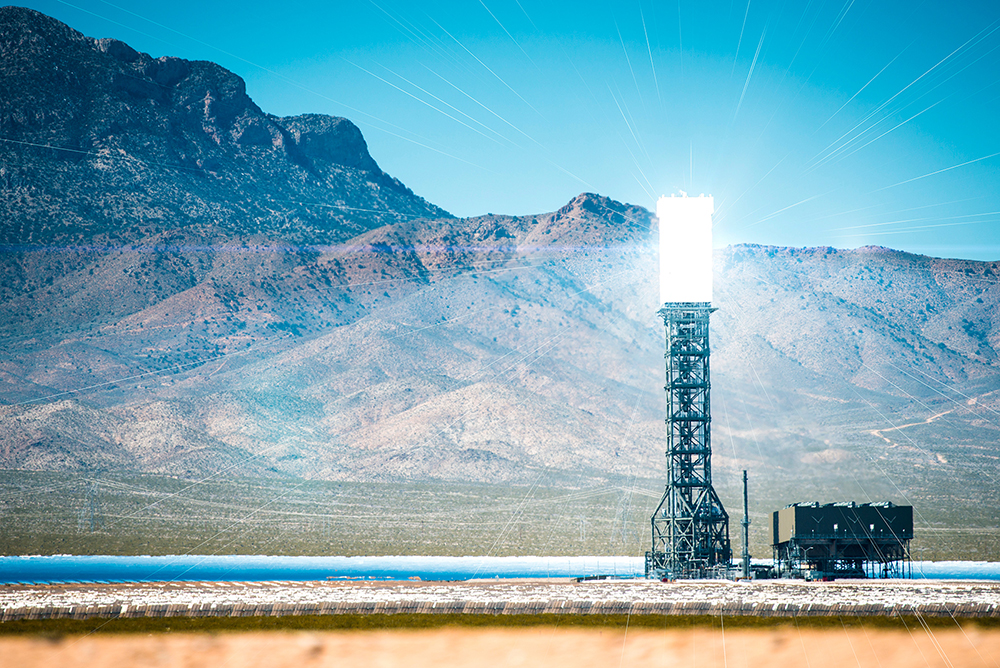Sensible heat storage systems
So-called sensible heat storage systems are based on the variation of a material´s internal energy through a temperature variation. Heat is used to increase the temperature of a solid or fluid stored at maximum operating temperature until it enters the discharge phase.
Transfer fluids such as air, oil, and storage materials such as molten salt, rock, concrete, etc. are used. Properties such as material density, specific heat, or conductivity, among others, are taken into account in their selection.
One of the most commonly used liquids for the storage of sensible heat to medium-low temperatures is water, which can be used to produce domestic hot water (DHW), heating or air conditioning, using tanks for storage.
The storage of sensible heat at high temperatures is widespread in industrial and commercial applications due to its efficiency and simplicity. An excellent example of its maturity and expansion is the solar thermal power plants also known as concentrated solar plants (CSP), where double tank systems with molten salts are mainly used.
These types of plants base their operation on the concentration of solar radiation using a range of mirrors that act as concentration systems and can be parabolic cylinder, central tower, linear Fresnel or parabolic dish. A heat transfer fluid (HTF) will be responsible for absorbing this heat and transporting the concentrated radiation to a storage system, to convert this heat into electricity later, when it is necessary.
Despite their proven effectiveness, concentrating solar power plants face the challenge of reducing their costs. In this sense, CSP developers are betting that the plants operate at higher temperatures than the current maximum (565 º C), which would improve efficiency in converting heat into electricity.
To this end, high-temperature materials are being researched that are also cost-effective as new-generation storage systems, such as ternary salts, supercritical CO2 or air as a heat transfer fluid.
Latent heat storage systems
As a second type of thermal energy storage, we can identify latent heat storage. In this case, heat is used to induce a phase change in the storage material: solidification, evaporation, condensation or sublimation.
The materials used in this type of storage are the so-called phase change materials or PCM. Although there are some as common as water (used as ice for cold storage since ancient times), very few materials or applications have reached the market.
Although latent heat storage has a higher energy density than sensible heat storage, this type of storage has some limitations in terms of phase separation, corrosion, long-term stability, low thermal conductivity or a high cost.
Thermochemical storage systems
Unlike the other two types of heat storage, storage by chemical reaction is based on the storage material´s internal variation. In thermochemical storage, the heat produced from a reversible chemical reaction is absorbed, producing an endothermic reaction when it absorbs thermal energy and exothermic with the discharge.
Thermochemical storage systems have numerous advantages over other types of thermal storage: higher energy density (up to 10 times higher than sensible thermal storage), the possibility of storage heat even at room temperature, long-term storage, ease of transport...
However, this type of storage is still in a preliminary development stage due to its complex configuration, cost, and low heat transfer capacity. In fact, at present, researchers´ efforts are focused on identifying materials and systems that guarantee the reversibility and absence of energy capacity losses throughout the numerous charge and discharge cycles.
Today, only pilot projects (some of them with promising results) exist at laboratory scale or at a pre-industrial stage. This shows that this technology is still at a very low TRL (Technology Readiness Level), so we can consider that it will be many years before seeing thermochemical storage applied in industry.












